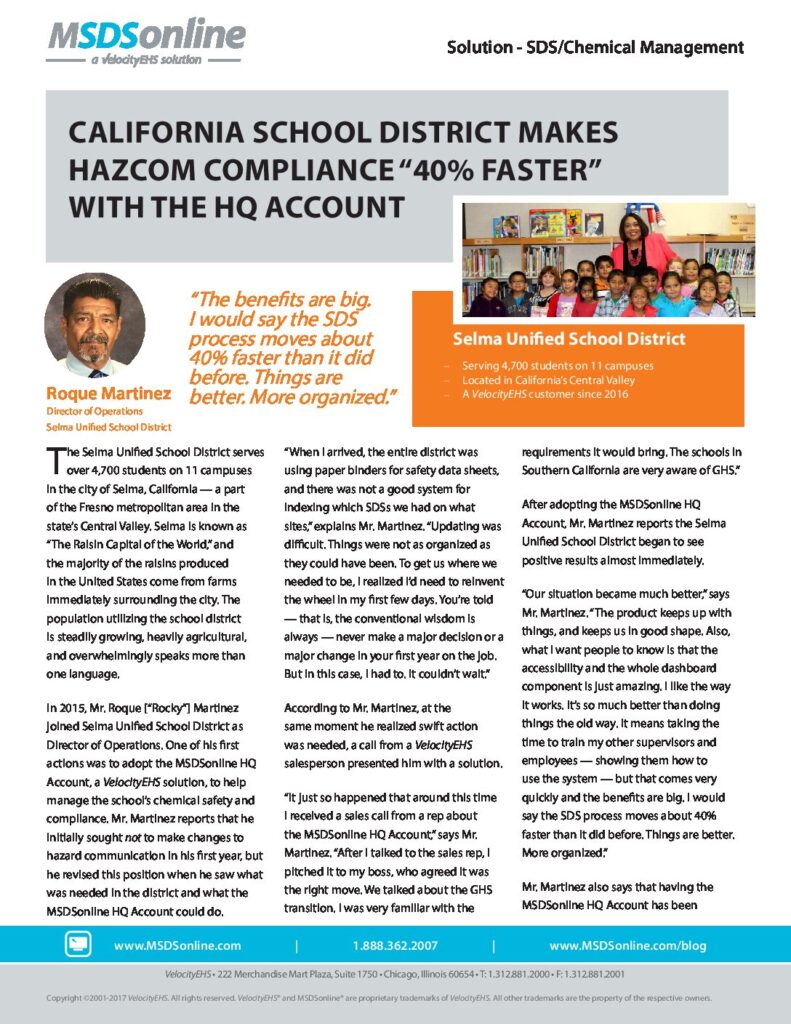Ergonomics in Product Design – Part 1
11/04/2014

by Rick Barker, CPE
 What makes a product “ergonomic”? Much to the dismay of consumers, product designers, and even ergonomists, there is not a single answer to this seemingly simple question. That lack of a single answer hints at the heart of what ergonomics is really about, designing to fit the user. A product has different stages of use, including:
What makes a product “ergonomic”? Much to the dismay of consumers, product designers, and even ergonomists, there is not a single answer to this seemingly simple question. That lack of a single answer hints at the heart of what ergonomics is really about, designing to fit the user. A product has different stages of use, including:
- Building the product
- Using the product
- Maintaining/repairing the product
These different stages may also have very different users. For instance, when building a product (such as a refrigerator), a supplier may manufacture a sub-assembly (such as a compressor) that is installed in the larger product. The user requirements to build the compressor may be quite different than the user requirements to install that compressor into the refrigerator. An example of two different types of users who are using the same product is found in the hospital environment. Both patients and nurses “use” a hospital bed, but each has their own specific needs during use.
A product may fit user needs for one stage quite well, but not fit users in other stages. Examining a product in one context would result in concluding that it is an ergonomic product, while looking at other contexts would provide very different conclusions.
A truly ergonomic product considers the user needs at each stage.






